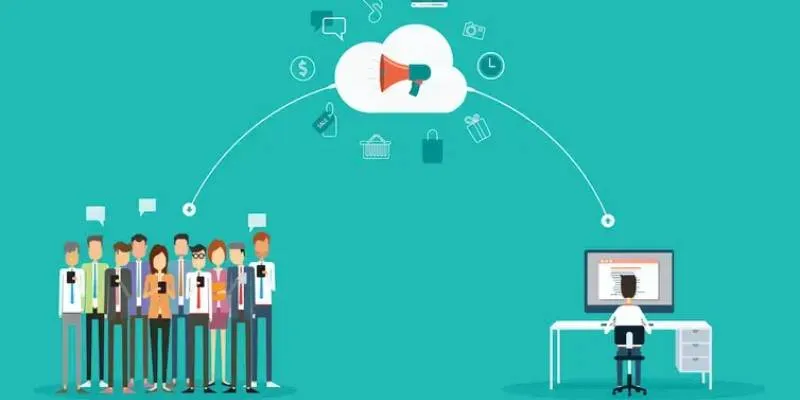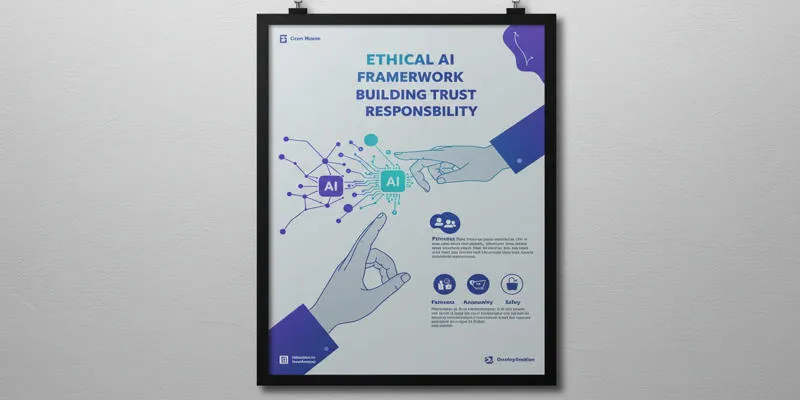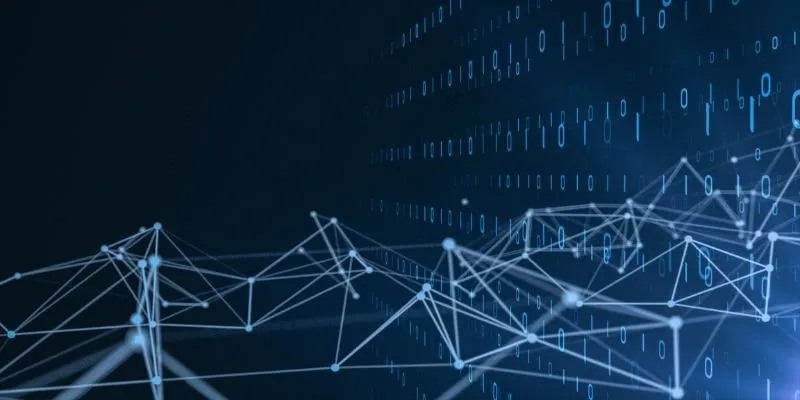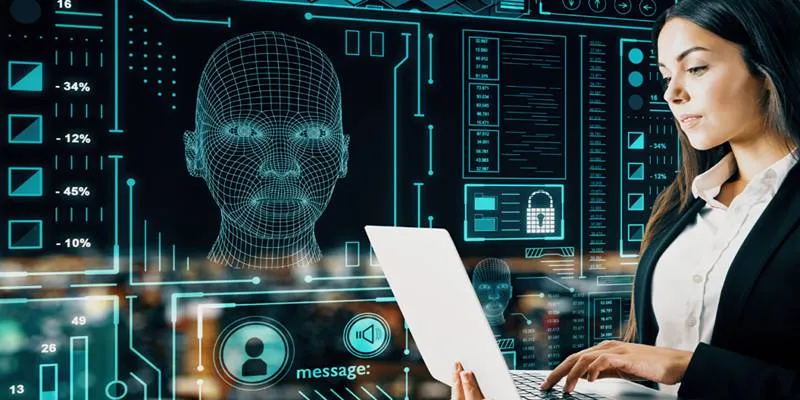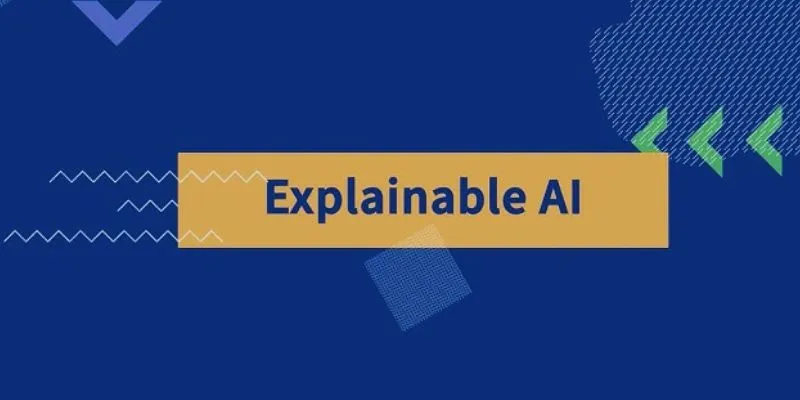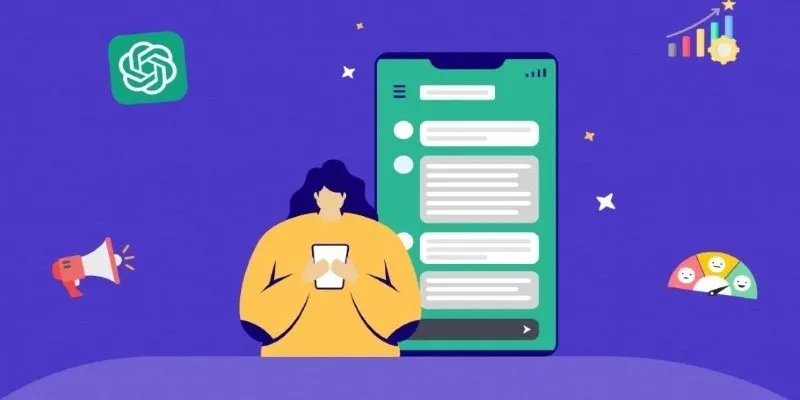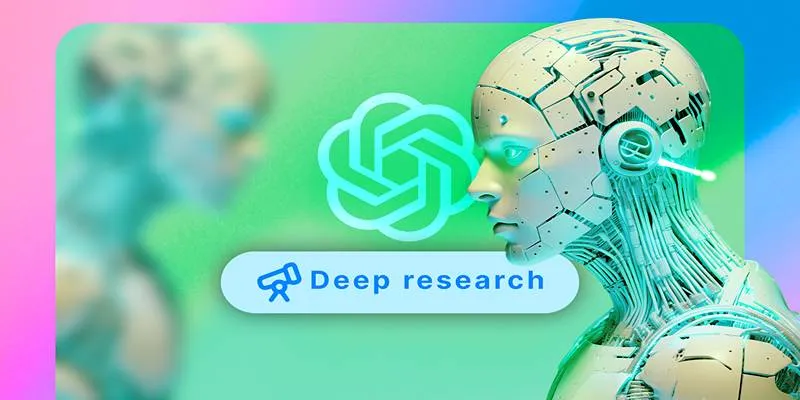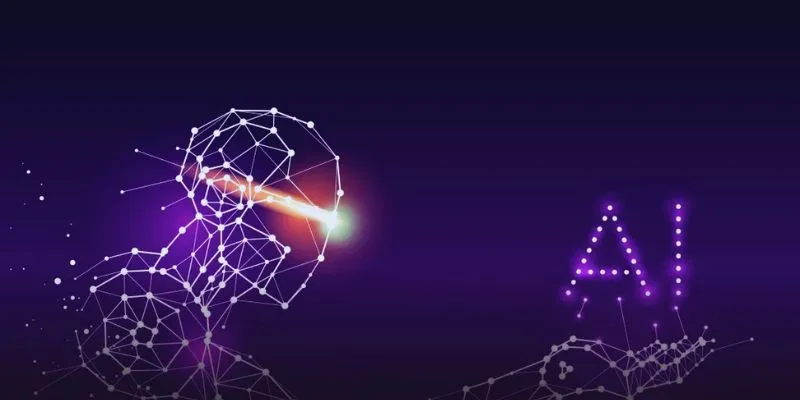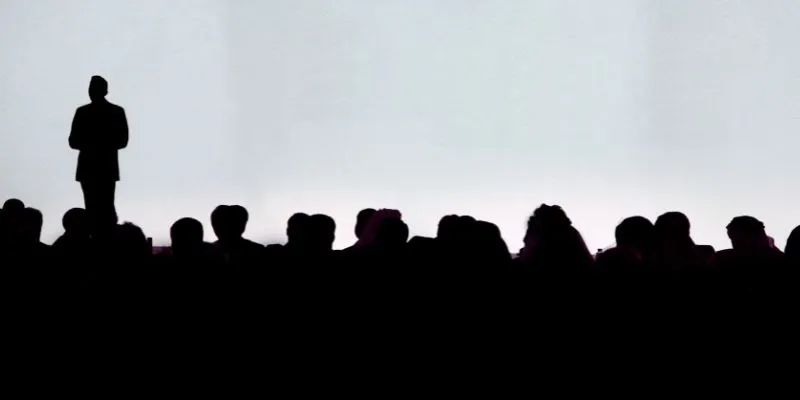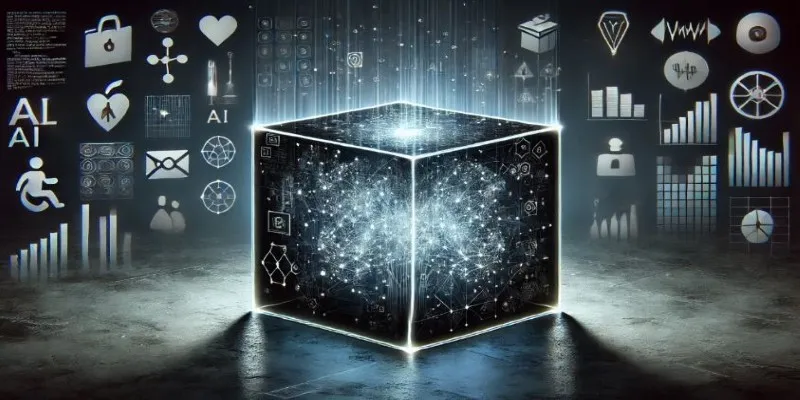Art has always been a reflection of the world around us, shaped by human hands, thoughts, and emotions. Today, a new chapter in creativity is unfolding. The rise of AI in art is transforming how we create and experience beauty. From stunning digital paintings to original music compositions, machines are becoming creative partners rather than just tools.
This shift is not about replacing artists; it’s about expanding what’s possible. Generative art and music allow creators to experiment in ways never seen before, blending technology with imagination. As boundaries fade between human creativity and machine intelligence, a new era of artistic expression is taking shape.
How AI in Art Works Behind the Scenes
AI in art may seem magical, but it relies on a clear process rooted in data and learning. It begins by feeding the AI thousands of existing works — paintings, photos, or songs — from various styles and periods. The AI studies these pieces, learning patterns, colors, rhythms, and structures. Using this knowledge, the system generates original creations that feel both new and familiar. This blend of learned style and fresh details allows AI to produce unique works of art and music.
One of the most exciting methods used in generative art and music is Generative Adversarial Networks (GANs). Here, two models of AI collaborate: a generator creates, and a critic evaluates. With each cycle of feedback, the generator improves, creating art or music that feels more human in terms of detail and expression.
Natural language processing is another fascinating tool. Artists can direct AI work with simple text phrases like “peaceful ocean sunset” or “soft jazz melody.” AI then generates visual or auditory pieces according to these prompts.
Importantly, AI is not here to replace the artist. Many modern tools encourage collaboration between human imagination and machine intelligence, creating a unique partnership where technology supports — rather than overshadows — creative vision.
Generative Art and Music: Breaking Creative Boundaries
Generative art and music are reshaping the creative world, offering artists new ways to explore and innovate. Powered by AI, these tools break free from traditional methods, allowing for endless experimentation. In visual art, AI models can create stunning digital paintings, abstract designs, and 3D sculptures with unique colors and patterns. Generative music enables anyone to compose original songs across genres. Today, museums and galleries celebrate generative art, recognizing its bold creativity and growing influence in modern expression.

Generative music is following a similar path. AI systems can compose music across a wide range of genres — from soothing piano melodies to electronic soundscapes — without human musicians playing a single note. Many platforms now allow anyone to create original songs with AI, even if they’ve never written music before.
The power of generative art and music lies in their flexibility. Artists can create thousands of design variations in seconds, testing ideas that would take days or weeks by hand. Musicians can experiment endlessly with sound, discovering new rhythms and styles. Beyond personal creativity, industries like advertising, video games, and fashion use generative content to craft dynamic visuals, soundtracks, and designs that feel fresh, personalized, and limitless.
Challenges and Criticism of AI in Art
Despite its many benefits, the growing role of AI in art has sparked debate and criticism. One main concern is the question of originality. Some critics argue that AI-generated content is not “true” art because it lacks human intention or emotion. They believe real art should come from personal experiences, feelings, or cultural context — qualities machines cannot replicate.
Another challenge is the issue of copyright and ownership. Since AI learns from existing works, questions arise about whether the final product is truly original or just a remix of what already exists. This has led to legal discussions about who owns the rights to AI-generated art or music — the person who trained the AI, the creator of the original data, or the AI itself.
There are concerns that AI in art might replace human creativity, especially in fields like design, content creation, or music production. However, experts view AI as a supportive tool rather than a threat. Like photography or digital editing in the past, AI opens new doors for creative expression. It helps artists work faster, experiment more freely, and explore ideas that might have been difficult with traditional methods alone.
The Future of AI in Art: Human and Machine Creativity Together
The future of AI in art promises limitless possibilities, making creativity more exciting and innovative. As technology progresses, generative art and music will become more advanced, user-friendly, and accessible. AI will learn from human preferences, offering artists powerful tools to bring their ideas to life faster and with greater flexibility.

One key development will be personalized generative tools. Instead of producing random designs or music, future AI models could study an artist’s unique style and create content that matches their creative voice. This will help artists maintain their identity while exploring new ideas quickly.
AI in art will also encourage global collaboration. Through AI platforms, artists from different countries and backgrounds can connect, create projects together, and blend diverse styles without the limits of distance or language.
AI will introduce interactive experiences in music. Listeners might personalize songs in real-time, adjusting the beat, instruments, or mood based on their preferences. Generative music could soon provide customized soundtracks for daily life.
Ultimately, AI in art is not here to replace human creativity. Instead, it is here to expand it, offering artists new ways to create, explore, and innovate.
Conclusion
AI in art is shaping a new creative future where technology and human imagination work side by side. Generative art and music are not about replacing artists but about offering new ways to create, experiment, and express ideas. With AI tools becoming smarter and more accessible, artists can push creative boundaries like never before. The future of art belongs to those who embrace this collaboration — blending human emotion with machine intelligence to create something truly original and inspiring.
 zfn9
zfn9


